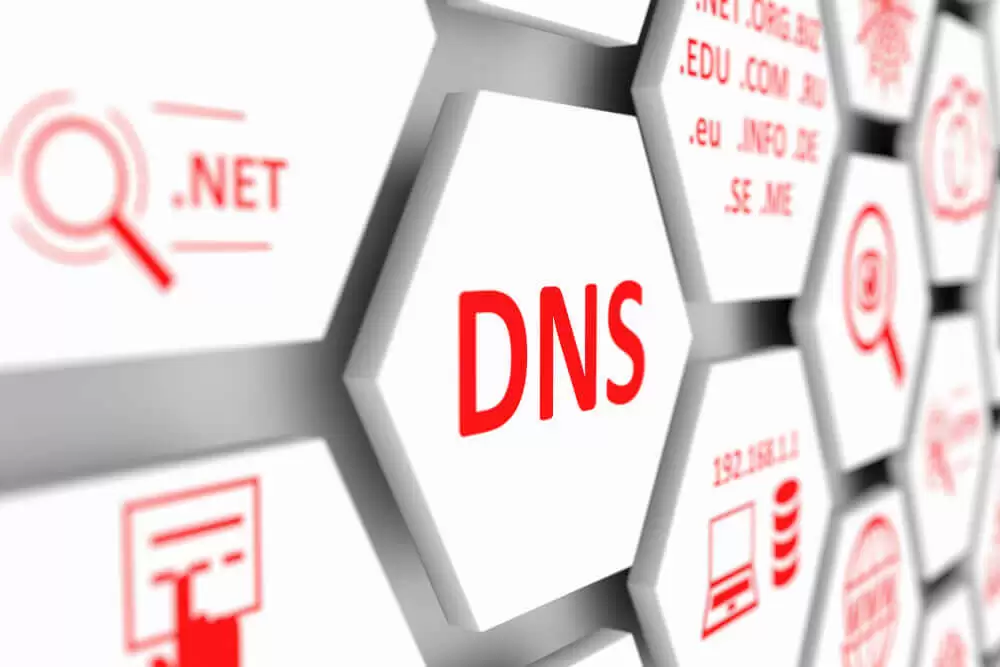Introduction
In the fast-paced world of digital communication, security is no longer a feature it’s a necessity. Every time you visit a website, check your email, or complete an online transaction, the DNS (Domain Name System) quietly works in the background, converting domain names into IP addresses. However, the traditional DNS wasn’t designed with security in mind, which is where Domain Name System Security Extensions (DNSSEC) enter the picture.
DNSSEC plays a vital role in preserving the trust and integrity of online communications. By implementing DNSSEC, organizations can protect their domains from common cyberattacks and ensure users connect to legitimate services not malicious lookalikes.
What is DNSSEC?
To put it simply, Domain Name System Security Extensions is a suite of protocols that adds a layer of cryptographic security to DNS. Instead of just trusting DNS responses, DNSSEC validates them through digital signatures. This prevents tampering, spoofing, and other forms of DNS-related fraud.
Why Was DNSSEC Introduced?
The original DNS protocol was created in the early 1980s. Back then, the internet was small, trusted, and operated by a tight-knit group of professionals. Security wasn’t a priority. But as the internet exploded in popularity, so did the opportunities for attackers. DNS became a weak point.
Without DNSSEC, a cybercriminal can intercept or forge DNS responses, redirecting users to fraudulent websites even when the correct domain name is typed. These “man-in-the-middle” attacks or DNS spoofing attempts can be devastating for businesses and consumers alike.
How Does DNSSEC Work?
Let’s break it down.
- Digital Signatures
DNSSEC uses public key cryptography. When a DNS record is created, it’s signed using a private key. The corresponding public key is published in the DNS so resolvers can verify the signature. - Chain of Trust
Every DNSSEC-enabled zone is signed and linked to the level above it. For example, yourdomain.com is signed and linked to .com, which is signed and linked to the root zone. This creates a “chain of trust” that resolvers follow. - Validation
When a DNS resolver (e.g., Google Public DNS) receives a response, it checks the signature. If it’s valid and traceable through the chain of trust, the response is accepted. Otherwise, it’s rejected.
By taking this approach, DNSSEC ensures that the DNS data hasn’t been tampered with, providing integrity and authenticity.
Real-World Benefits of DNSSEC
Let’s explore the tangible advantages:
- Protects Against DNS Spoofing
DNS spoofing is a common and dangerous cyberattack. With DNSSEC, forged DNS records are easily detected and rejected. Attackers can no longer redirect users to fake websites, making phishing scams significantly less effective.
- Prevents Cache Poisoning
In a cache poisoning attack, a resolver stores a fake DNS entry, which it then serves to unsuspecting users. DNSSEC prevents this by requiring each response to have a valid cryptographic signature.
- Secures E-commerce and Banking Transactions
Imagine a customer typing yourbank.com but ending up on a phishing site. DNSSEC ensures that this never happens, securing both the user and the organization.
- Improves Trust and Brand Reputation
When users know your domain is protected by DNSSEC, they’re more likely to trust your site. Trust translates to longer visits, higher conversion rates, and stronger brand loyalty.
Common Challenges of DNSSEC Implementation
Although DNSSEC is powerful, it isn’t without hurdles:
- Complex Setup: DNSSEC requires managing cryptographic keys, understanding DNS record types like DNSKEY, RRSIG, DS, and dealing with zone signing.
- Ongoing Maintenance: Keys must be rotated periodically, and every change in DNS requires re-signing.
- Potential Downtime: Misconfigured DNSSEC settings can make your domain unreachable. Unlike regular DNS issues, DNSSEC failures are strict they don’t “fail open.”
However, DNSSEC-compatible tools and managed services are now making deployment easier and safer.
Who Should Use DNSSEC?
- Banks and Financial Institutions: Security is paramount.
- E-commerce Sites: Protect customers and transactions.
- Healthcare Providers: Secure patient portals and medical data.
- Government Agencies: Ensure trust in digital services.
- Any Organization: Anyone serious about digital integrity.
Getting Started with DNSSEC
If you’re ready to adopt DNSSEC, follow these steps:
- Check DNSSEC Support: Make sure your registrar and DNS host support DNSSEC.
- Generate Keys: Create a key-signing key (KSK) and a zone-signing key (ZSK).
- Sign Your Zone: Use your ZSK to sign DNS records and your KSK to sign the DNSKEY record.
- Publish DS Records: Add Delegation Signer records to the parent zone (e.g., .com).
- Test Everything: Use tools like Verisign’s DNSSEC Debugger or DNSViz.
- Monitor and Rotate Keys: Establish a schedule for regular maintenance.
Final Thoughts
In conclusion, Domain Name System Security Extensions are no longer optional they’re essential. By adding cryptographic signatures and establishing a chain of trust, DNSSEC protects your digital assets from interception and forgery. Although setup can be challenging, the long-term security benefits far outweigh the initial effort.
It’s time to take control. Secure your DNS today and build a safer internet for tomorrow.
